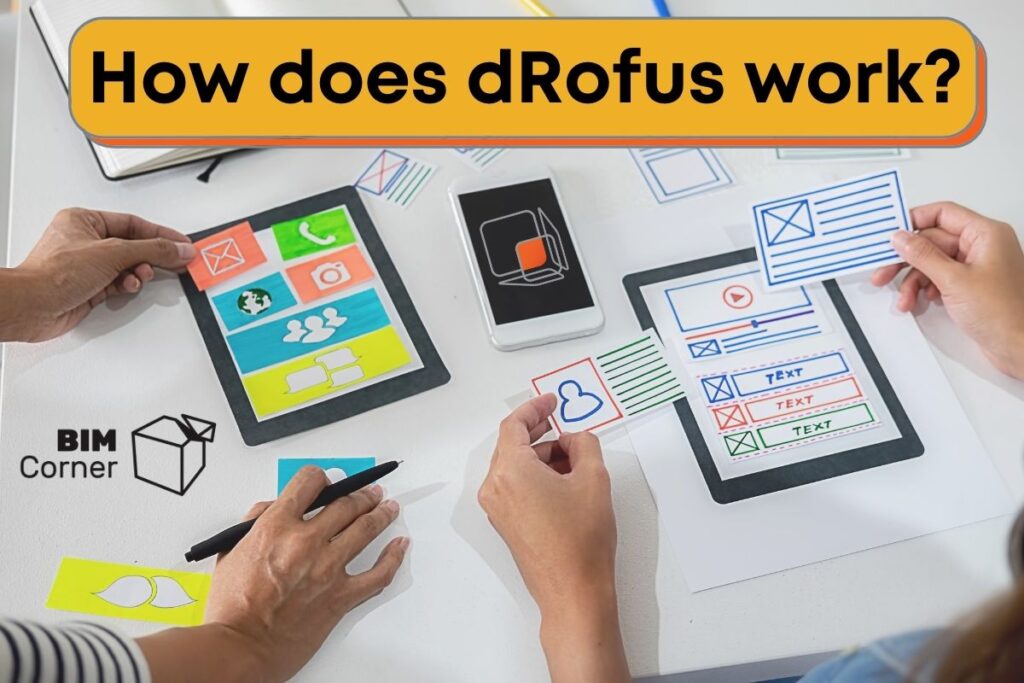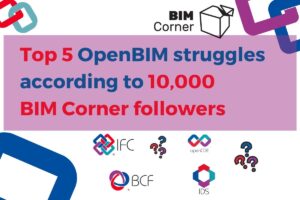During the last year, I was writing a lot about Data-Driven Design and dRofus here, on BIM Corner. I was trying to focus on the process and the idea behind it. Why one should bother doing it, what is a database and how should it be structured and connected to the model. I presented various ways of implementing this process (software, visual programming, APIs).
Why now?
However, I have never presented how the dRofus software works in practice. One reason was – there is more than one correct way of implementing the process. I wanted to avoid the bias that achieving it is possible only via dRofus license. The other reason is that we, as BIM Corner are software agnostic and open standards centric. And that was hard for me, as a dRofus employee, to see myself as an independent voice. Even if that limitation might have been only in my head.
This has however changed after Easter 2021 (if you read my words somewhat later) – I decided to move on with my career and changed colours to Norconsult. I became a part of the Construction Management team building Stavanger University Hospital – a 100 000 m2 project, fully model-based and drawingless (more about it in Norwegian, in English). A fantastic and advanced project. You can be sure, you will hear more about it soon 🙂
As a result of that change, I decided to present the software – recording was made during my last weeks of work in the firm and that was actually the last chance to introduce you to this great piece of software from within. And I have done this as a guest in the BIM Voice channel. I hope you will enjoy this presentation of the dRofus company and the product demo.
The following article is included in the Data-Driven Design series. In case it’s the first post you came across, I encourage you to read the introduction "Data-Driven Design Explained in One Guide". I describe there the series and describe the concept of Data-Driven Design. All that to make sure you can get the most out of the series. Have a good read.
Check out the series about Data-Driven Design:
1. PART – Data-Driven Design Explained In One Guide
2. PART – How to present building information in a database?
3. PART – Building Planning – How to Present Project Requirements
4. PART – How to create a Building Program in a database
5. PART – Structured Building Data and It’s Frictionless Flow








